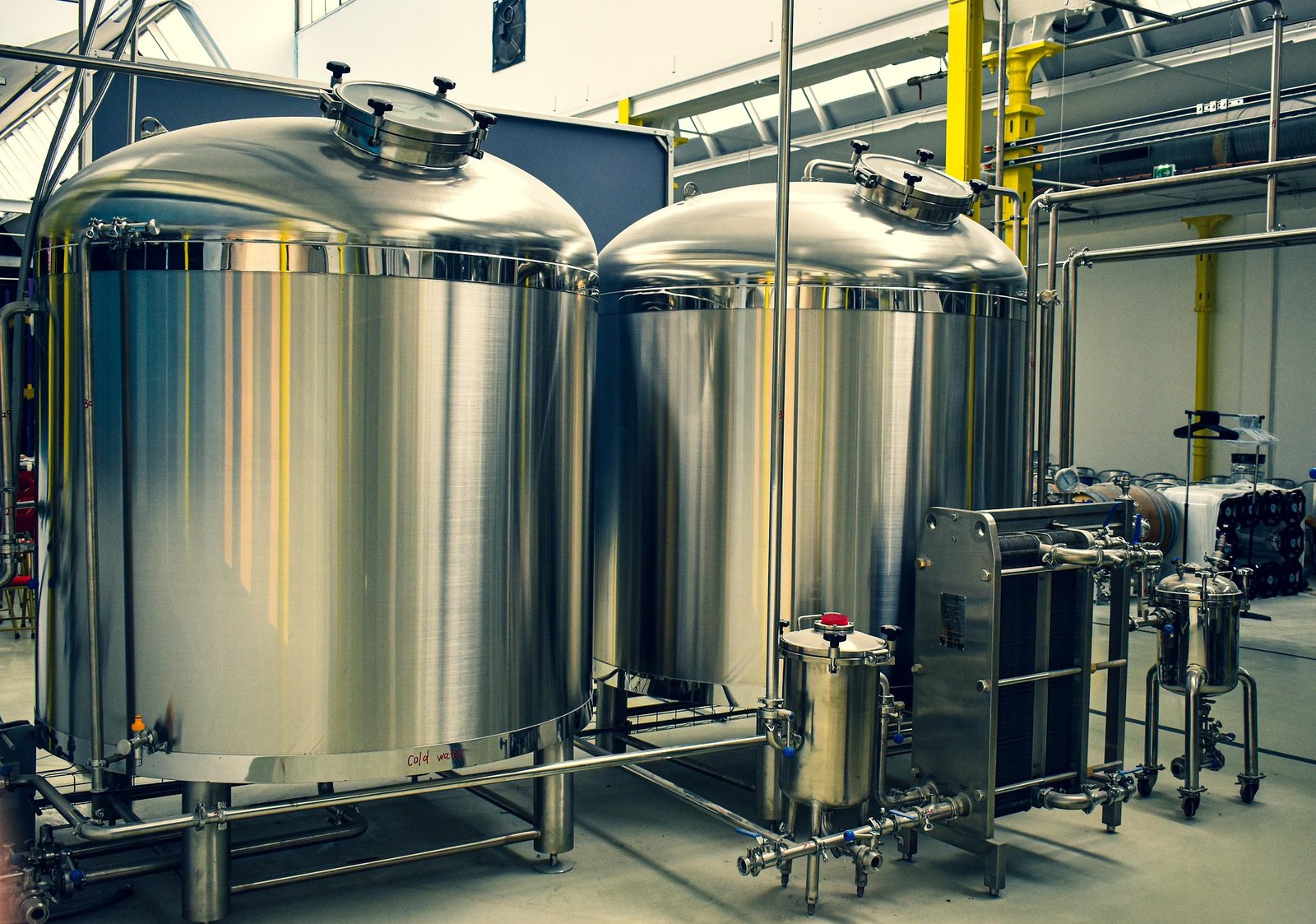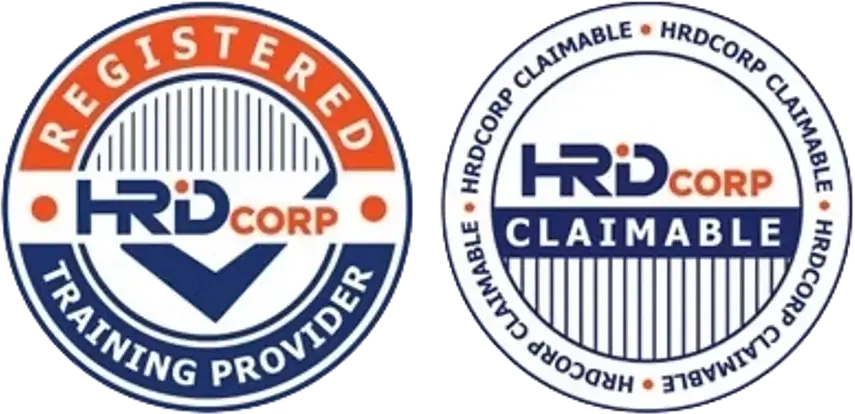Can GMP Be Integrated with ESG Goals for a More Sustainable Future?
As sustainability becomes a core business priority, manufacturers are beginning to realize that Good Manufacturing Practice (GMP) and Environmental, Social, and Governance (ESG) goals share more in common than they think.
While GMP ensures product quality, safety, and consistency, ESG focuses on environmental responsibility, ethical labor, and corporate transparency.
When integrated, they form a powerful framework for building sustainable, responsible, and future-ready manufacturing operations.

1. Shared Objective: Responsible and Ethical Manufacturing
-
Both GMP and ESG promote accountability, consistency, and consumer trust.
-
GMP ensures safety and quality; ESG ensures ethics and sustainability.
-
Integration leads to:
-
Reduced waste in production.
-
Safer working environments.
-
More responsible sourcing practices.
-
-
Strengthens brand credibility with both regulators and investors.
2. GMP as the “Operational Backbone” of ESG
-
GMP systems already include structures that support ESG:
-
Documentation control → transparency and traceability.
-
Cleanliness and hygiene → environmental and social welfare.
-
Preventive maintenance → energy and resource efficiency.
-
-
ESG goals can build on existing GMP frameworks instead of starting from zero.
3. Environmental (“E”) Integration: Sustainable Operations
-
GMP’s focus on waste reduction and resource control aligns with environmental goals.
-
Key sustainability actions under GMP:
-
Minimize energy and water use during cleaning and processing.
-
Use environmentally safe cleaning agents and disinfectants.
-
Implement waste segregation and recycling programs.
-
Regularly monitor carbon footprint within production.
-
-
Supports ISO 14001 Environmental Management integration.
4. Social (“S”) Integration: Protecting People and Communities
-
GMP already enforces employee hygiene, safety, and training — a core part of the “Social” pillar.
-
ESG integration strengthens this through:
-
Fair labor practices and diversity initiatives.
-
Continuous training on ethics and workplace safety.
-
Employee well-being programs linked to GMP training culture.
-
Ensuring suppliers follow ethical standards (child labor, working hours, safety).
-
-
Improves employee morale and retention in manufacturing sectors.
5. Governance (“G”) Integration: Transparency and Compliance
-
GMP’s documentation and audit systems mirror ESG’s governance requirements.
-
Integration enhances:
-
Traceability and accountability across departments.
-
Supplier monitoring and responsible sourcing.
-
Ethical business conduct in procurement and production.
-
-
Regular GMP audits support ESG reporting accuracy and corporate integrity.
6. Linking GMP to Sustainable Development Goals (SDGs)
-
Both frameworks contribute to the United Nations Sustainable Development Goals:
-
SDG 3: Good Health and Well-being
-
SDG 8: Decent Work and Economic Growth
-
SDG 9: Industry, Innovation, and Infrastructure
-
SDG 12: Responsible Consumption and Production
-
-
GMP ensures safe products, while ESG ensures sustainable processes — together driving SDG impact.
7. Benefits of Integrating GMP with ESG
-
Builds long-term brand trust among consumers and investors.
-
Improves market competitiveness through ethical compliance.
-
Reduces operational risks and penalties related to environmental or labor violations.
-
Attracts funding from ESG-conscious investors and buyers.
-
Opens access to global supply chains with sustainability requirements (EU Green Deal, U.S. ESG mandates).
8. Practical Steps for SMEs
-
Begin with a GMP gap analysis focusing on sustainability-related areas.
-
Set measurable ESG targets aligned with GMP processes.
-
Integrate ESG metrics into GMP documentation (e.g., waste logs, energy use).
-
Involve cross-functional teams (production, HR, sustainability).
-
Report progress annually to demonstrate continuous improvement.
9. Case Example: Sustainable GMP Implementation
-
A small food manufacturer integrated GMP with ESG by:
-
Switching to eco-friendly packaging.
-
Installing water-saving sanitation systems.
-
Conducting GMP training with a focus on ethical production.
-
-
Result: 25% cost savings on utilities and improved audit ratings by global buyers.
🌍 Final Thoughts
Integrating GMP with ESG goals isn’t just about compliance — it’s about creating a sustainable, ethical, and resilient business model.
By aligning food and pharmaceutical manufacturing practices with sustainability principles, companies can secure their long-term future and earn the trust of consumers, regulators, and investors alike.
👉 At CAYS Scientific, we help manufacturers bridge GMP and ESG frameworks to achieve safety, sustainability, and social responsibility in one integrated system.



